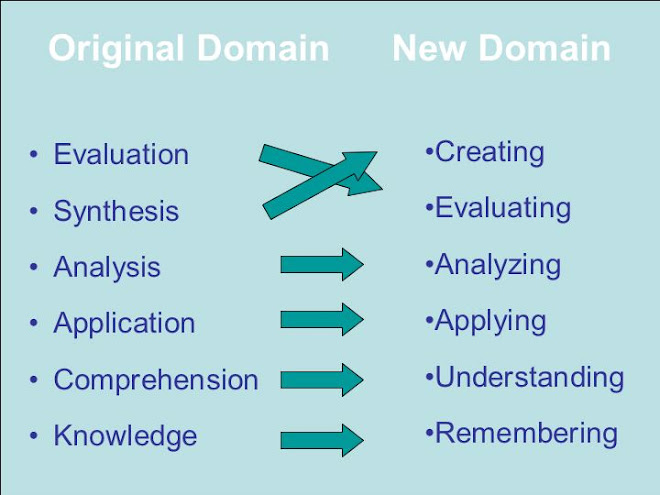Our task here was to use our knowledge of the Audience, Behavior, Condition, Degree model and design an education program for the managers in Taiwan, using a mindmapping technique found at Mindmeister.com
 When the mindmap is visible (!) it is an extremely useful tool, not only for presentation or the outcome but for process--especially for brainstorming in the experience/empathy phase of a design project. I leave this here for those who have never seen a "mindmap"--I'm using mindmapping in d school bootcamp. www.dschool.stanford.edu
When the mindmap is visible (!) it is an extremely useful tool, not only for presentation or the outcome but for process--especially for brainstorming in the experience/empathy phase of a design project. I leave this here for those who have never seen a "mindmap"--I'm using mindmapping in d school bootcamp. www.dschool.stanford.eduWe offered the resistant managers opportunities to write and speak in several modes of practice, using their acumen in their language as a guide to achieving a similar level in English. The use of video on a weekly basis would help assess themselves and peer assessment groups would further rally comraderie. These managers are also encouraged through their companies generous incentive to become more confident in their business transactions with English speaking countries. Once through this year-long training, the managers will have the capacity to write a 500 word email with 90% accuracy and will have cultural sensitivity to engage and be engaging in their negotiations.
The ADDIE model is the generic process traditionally used by instructional designers and training developers. The five phases—Analysis, Design, Development, Implementation, and Evaluation—represent a dynamic, flexible guideline for building effective training and performance support tools.
Both ABCD and ADDIE models are successful, well-tested models. A third measure is the consideration of Bloom's Taxonomy: Knowledge, Comprehension, Application, Analysis, Creation, Evaluation.
I was present while Dr. Kim and a student were engaging in a synthesis, the origin of a potential project perhaps to be presented at a Educational Technology conference in Malaysia in the Spring. Dr. Kim responded positively to my question about the possibility funding which made me very happy to hear, especially since I had been told previously that looking for funding was not suggested.
Fundraising and the avenues leading to it is an essential part of my goals here. So thank you, Dr. Kim for being outward about it.
My focus for an underserved population as a focus for my future work in 391x are rural American children, ages 4-14 who generally do not have access to art education which I believe is a very important element in the development of independence and self-reliance. Looking at the future for these children, if they are creative thinkers they will learn to listen to themselves and fins a way to live within or perhaps get out of the rural area that historically presents few opportunities for work or growth. The measurability of such subjects is not as vivid as foreign areas more largely known as under-served, but I have seen some statistics and just finished a long "think" on it while writing an essay on poverty for the IN THE RIVER THEY SWIM contest. My rationale for helping needy American children who are isolated in deep rural culture to become thoughtful, worldly children, is that it is a simple and accessible solution but few think about it. When these children who have lived in or close to need, are released by their own vision and succeed by it, then these are the ones who might be able to truly innovate solutions for poverty in the future.
If we are to attain real peace in this world, we will have to begin with the children.
~Mahatma Gandhi
Vygotsky and Social Cognition
The social cognition learning model asserts that culture is the prime determinant of individual development. Humans are the only species to have created culture, and every human child develops in the context of a culture. Therefore, a child’s learning development is affected in ways large and small by the culture–including the culture of family environment–in which he or she is enmeshed.
Following Vygotsky, if the culture around a developing mind is those astounded by the beauty and capacity of human expression and models that in works of art and appreciation for others...I assert that that child is more likely to be a peaceful, conscious, contributing citizen.
~Mahatma Gandhi


No comments:
Post a Comment